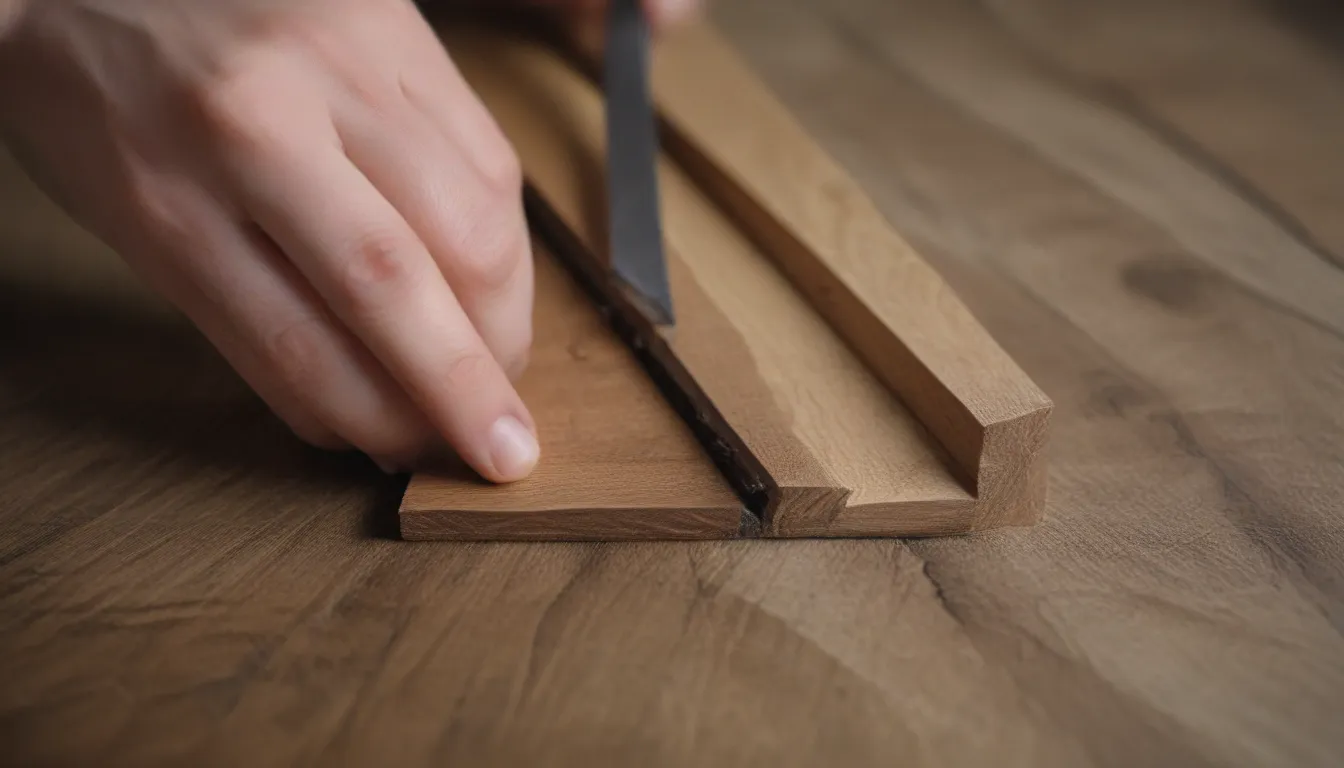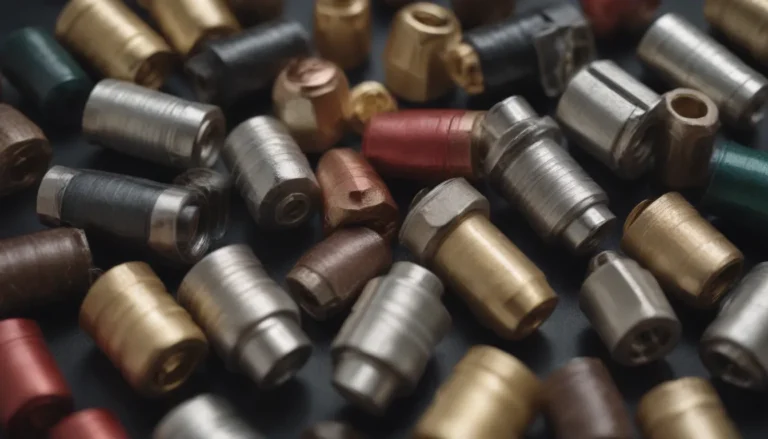Mastering Wood Joinery: A Comprehensive Guide to 15 Types of Joints and When to Use Them

Do you want to take your woodworking skills to the next level? Understanding wood joinery is the key to creating beautiful and durable woodwork pieces. By mastering different types of wood joints and knowing when to use them, you can unleash your creativity and build stunning projects. Whether you’re a beginner or a seasoned woodworker, there’s always something new to learn about wood joinery.
What Is Wood Joinery?
Wood joinery simply refers to the process of connecting two or more pieces of wood together. There are various types of wood joints, each serving a specific purpose and offering unique benefits. From basic joints like the butt joint to more complex joints like the dovetail joint, there’s a wide range of options to choose from depending on your project requirements.
Types of Wood Joints
Let’s explore some common types of wood joints and where to use them in your woodworking projects:
-
Butt Joint: The most basic type of wood joint where two pieces of wood are simply placed together. While it’s considered a weak joint, it can be reinforced with additional fasteners like nails or screws. Ideal for building framing and other applications that require additional support.
Tip: Strengthen a butt joint with a pocket hole, which hides a screw for added reinforcement.
-
Mitered Butt Joint: Similar to a butt joint, but with angled boards joined together to form a compound angle. Aesthetically pleasing and commonly used for finishing work and trim pieces.
-
Dowel Joint: An improved version of the butt joint that relies on hidden dowels for strength. Popular among furniture builders for frames, mirrors, and furniture pieces.
-
Biscuit Joint: Similar to a dowel joint, but with a thin oval-shaped piece of compressed beechwood (biscuit) inserted into slits for added strength and surface area for glue. Ideal for making tabletops and furniture.
-
Dado Joint: A groove cut into a piece of stock for another piece to fit into, commonly used in furniture building for shelving and cabinetry.
-
Rabbet Joint: Similar to a butt joint, but with removed material at the edge for added rigidity. Commonly used in cabinetry and furniture building.
-
Mortise-and-Tenon Joint: A strong connection where a tenon fits within a mortise. Widely used in furniture making for bed frames and table legs.
-
Finger Joint: Consists of equidistant square notches in two pieces of stock that interlock. Ideal for boxes and drawers due to its strength.
-
Dovetail Joint: A self-locking joint with tapered notches for increased strength. Great for furniture building and drawers.
-
Half-Blind Dovetail Joint: An advanced version of the dovetail joint that hides one side for a cleaner finish, commonly used in drawer construction.
-
Sliding Dovetail: Combines the strength of a dovetail with a three-sided channel like a dado joint. Offers superior strength and locking qualities.
-
Half-Lap Joint: Features a removed section of material in two pieces of stock that join together for added rigidity. Ideal for building framing and furniture.
-
Bridle Joint: A strong alternative to end laps that features a tenon on one piece and an open-ended mortise on the other. Popular in table and bench framing.
-
Tongue-and-Groove Joint: Found in flooring and wood paneling, these two interlocking pieces create a tight bond. Ideal for flooring and paneling projects.
-
Pocket Joint: Involves cutting a slot and pre-drilling a pilot hole between two boards for added strength. Great for cabinetry and other projects where minimal strength is needed.
How to Choose the Best Wood Joint
When selecting a wood joint for your project, consider the complexity, beauty, and strength required. Some projects may prioritize aesthetics over strength, while others need quick and strong joinery. Make sure to match the joint type with the project to achieve the best results.
Modifying Wood Joints
Many wood joints can be modified to increase their strength, beauty, and complexity. Additionally, combining wood joints with mechanical fasteners can enhance strength and save time during construction. While there are various ways to join wood effectively, a well-executed mortise-and-tenon joint is considered the strongest option. Experiment with different joint types to find the perfect fit for your projects.
As you delve into the world of wood joinery, remember that practice makes perfect. By mastering different types of wood joints and understanding their purposes, you can elevate your woodworking skills and create stunning pieces that stand the test of time. Happy woodworking!





